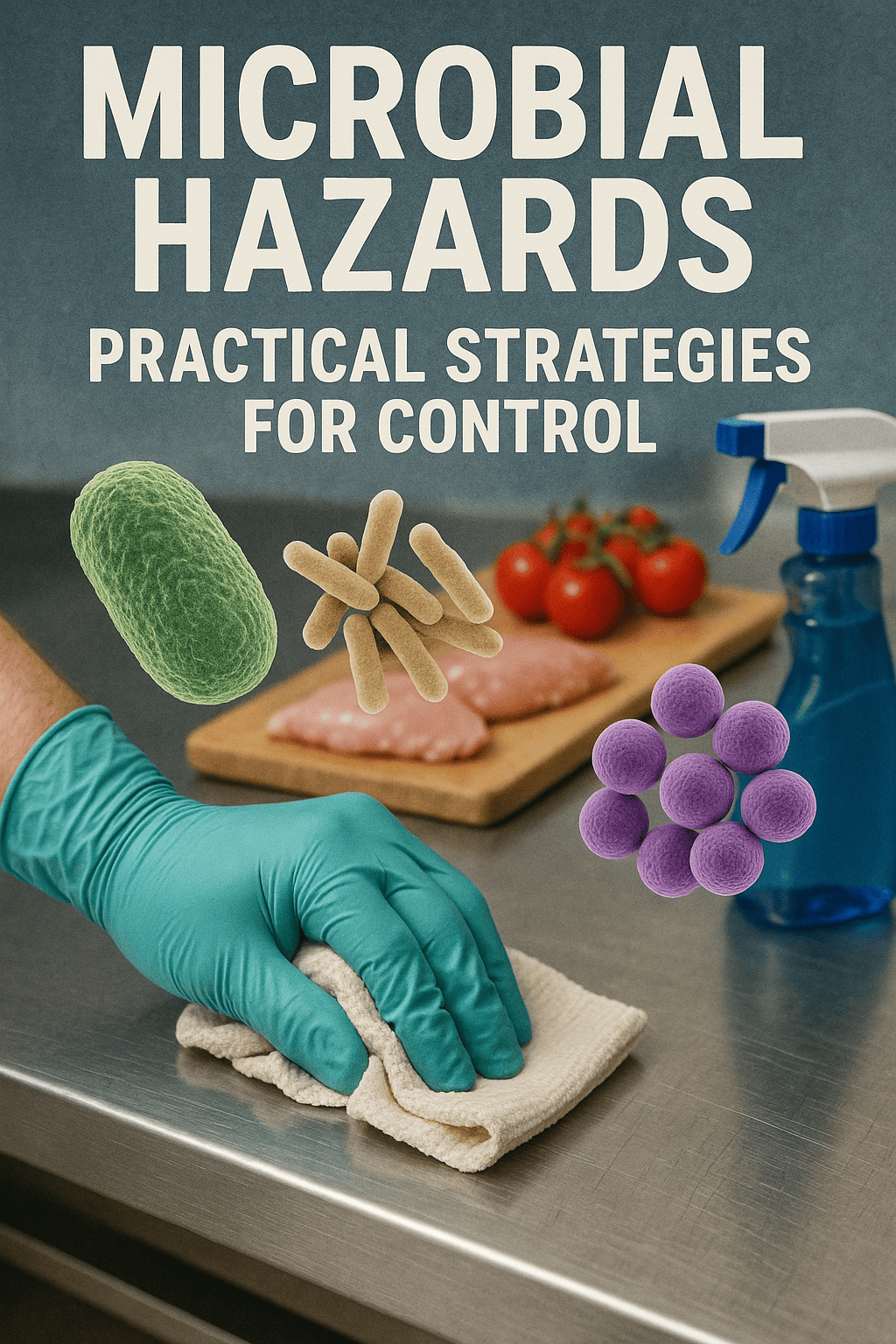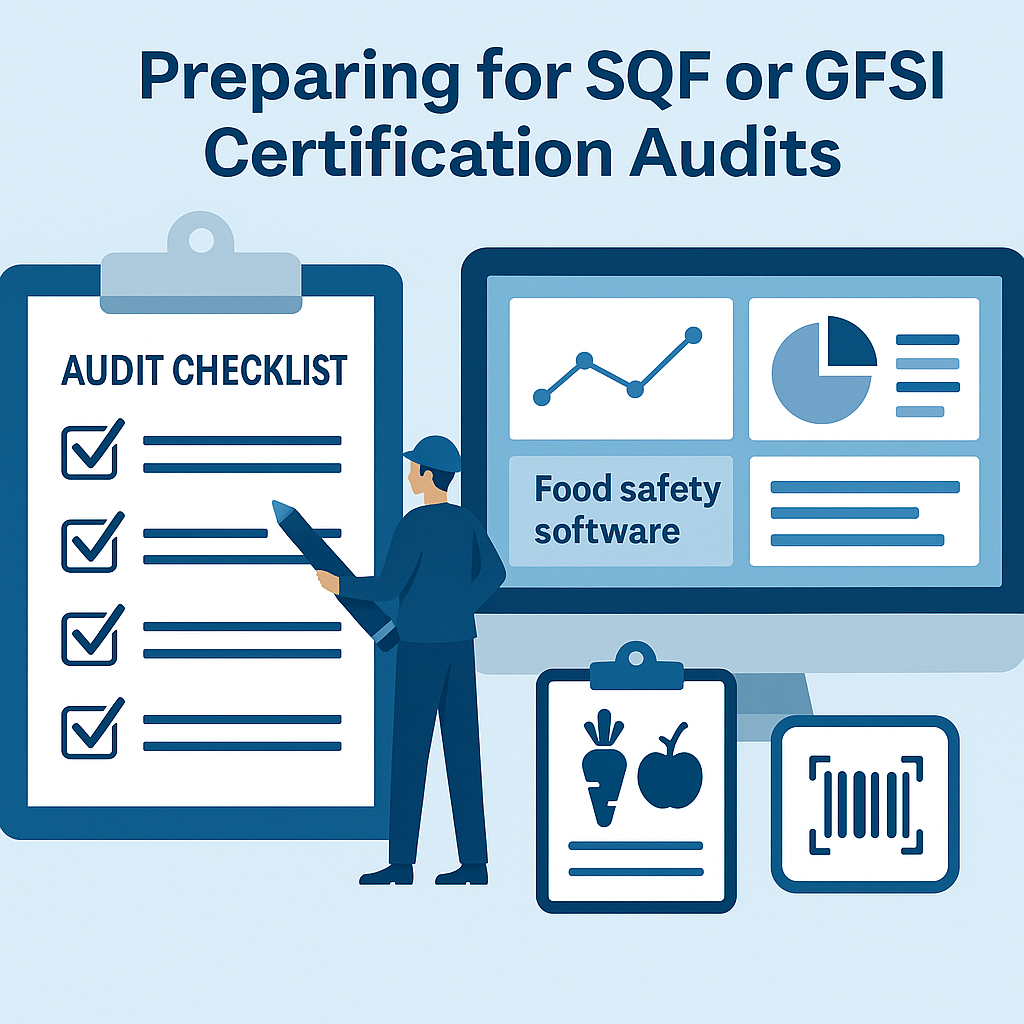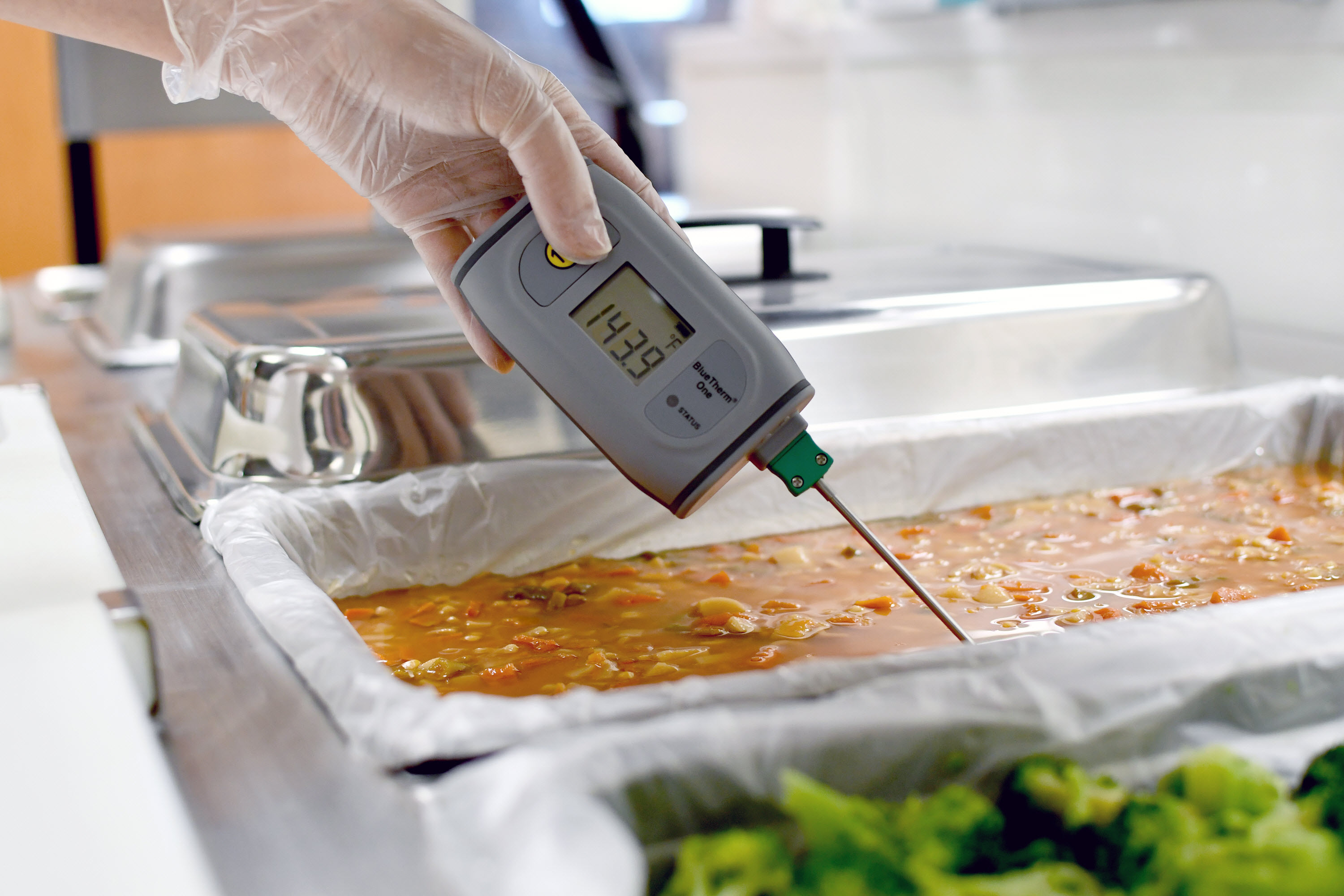Per- and polyfluoroalkyl substances (PFAS) are a group of synthetic chemicals that have been used in various industries around the globe for decades. These substances are known for their resistance to heat, water, and oil, qualities which have made them popular in numerous applications, including food packaging, cookware, and firefighting foams. However, PFAS have been identified as environmental toxins that can persist in the environment and in human bodies, leading to significant health risks.
The detection and mitigation of PFAS in the food supply chain is critical for ensuring public health and maintaining consumer trust. As PFAS contamination can occur at various stages of the food production and distribution process, leveraging advanced technology is essential for effective management and risk mitigation. This blog explores how technology, especially in the realms of food safety software and traceability, is revolutionizing the detection and management of PFAS risks in the food industry.
Understanding PFAS Risks in the Food Industry
PFAS are often termed "forever chemicals" due to their persistent nature and resistance to natural degradation. In the food industry, these substances can enter the food chain through contaminated soil and water used in agricultural practices, or through the use of PFAS-containing equipment and materials during food processing and packaging. The major risks associated with PFAS in foods include chronic exposure leading to health issues such as thyroid disease, reproductive problems, and increased cancer risk.
The challenge with PFAS lies in their detection and the assessment of their long-term impact on health and the environment. Traditional chemical management practices are often inadequate due to the complex chemical structures and properties of PFAS. This is where technology steps in, providing new tools and methodologies to enhance the detection, analysis, and mitigation processes.
Technological Innovations in PFAS Detection and Mitigation
Advanced Analytical Techniques
The first step in mitigating PFAS risk is detecting their presence and concentration in food products. Recent advancements in analytical technologies, such as high-performance liquid chromatography coupled with tandem mass spectrometry (HPLC-MS/MS), offer heightened sensitivity and accuracy in detecting low levels of PFAS. These techniques allow for the precise quantification of PFAS, enabling food safety professionals to assess exposure risks accurately and comply with regulatory standards.
Food Safety Software
Integrating food safety software is another technological stride enhancing PFAS management. This software can centralize and automate data collection and analysis, streamlining the tracking of PFAS across the supply chain. For instance, from raw material sourcing to final product testing, food safety software provides a comprehensive platform for recording and analyzing data on PFAS contamination. This integration facilitates rapid response and informed decision-making when potential risks are identified.
Food Traceability Software
Traceability is crucial in managing PFAS risks in the food supply chain. Food traceability software enhances the visibility of food products' journey from farm to table. By utilizing blockchain technology or advanced database systems, these tools can track the movement and handling of products at each stage, identifying potential points of PFAS contamination. For example, if a batch of products is found to be contaminated, traceability software can quickly locate and isolate the affected products, significantly minimizing health risks and financial losses.
Step-by-Step Approach to Implementing Technology for PFAS Mitigation
Step 1: Risk Assessment
The first step in addressing PFAS contamination is conducting a thorough risk assessment to identify potential sources of PFAS in the supply chain. This involves analyzing water sources, soil conditions, and the materials used in food processing and packaging.
Step 2: Implementing Analytical Technologies
Once potential risks are identified, implementing advanced analytical technologies will help in the regular monitoring of PFAS levels in raw materials and finished products. Establishing routine testing protocols using technologies like HPLC-MS/MS ensures that any deviations from safety standards are quickly detected.
Step 3: Integrating Food Safety and Traceability Software
Deploying specialized software for food safety management and traceability can centralize data collection and enhance the monitoring of PFAS throughout the production process. This software acts as a critical tool in managing data on PFAS testing, regulatory compliance, and risk mitigation strategies effectively.
Step 4: Continuous Monitoring and Improvement
With the systems in place, continuous monitoring is essential. Data collected through software systems should be regularly analyzed to identify trends, improve processes, and update risk mitigation strategies as new information about PFAS becomes available.
Step 5: Consumer and Regulatory Communication
Communicating with consumers and regulatory bodies about the steps taken to mitigate PFAS risks is crucial for maintaining trust and transparency. This involves regular updates on testing results, improvements in PFAS management practices, and compliance with safety standards.
Examples of Successful PFAS Mitigation
Several leading food manufacturers have successfully integrated technology to manage PFAS risks. For instance, a U.S.-based food company implemented HPLC-MS/MS technology to monitor PFAS in their products and used food safety software to track and manage data across multiple facilities, leading to a significant reduction in PFAS-related risks.
Conclusion
As the food industry continues to grapple with the challenges posed by PFAS, technology plays a pivotal role in transforming detection and risk mitigation strategies. By leveraging advanced analytical methods and integrating comprehensive food safety and traceability software, businesses can effectively manage PFAS risks, ensuring food safety and regulatory compliance.
For those in the food industry looking to see how these technologies can be practically applied to their operations, we invite you to explore a demo of our innovative solutions at NORMEX Food Safety Software.
This proactive approach not only safeguards public health but also enhances operational efficiencies and maintains the integrity of brands committed to high safety standards in an increasingly complex global food market.







